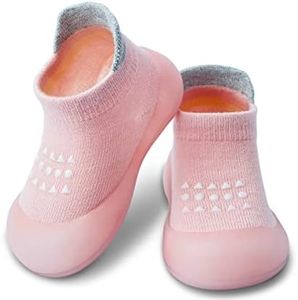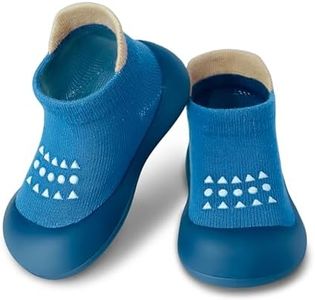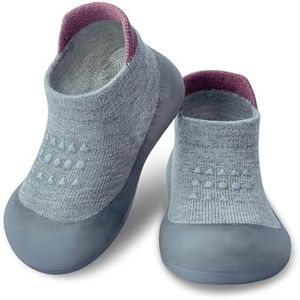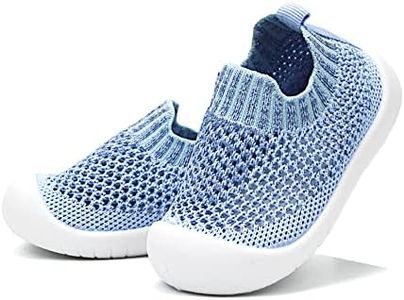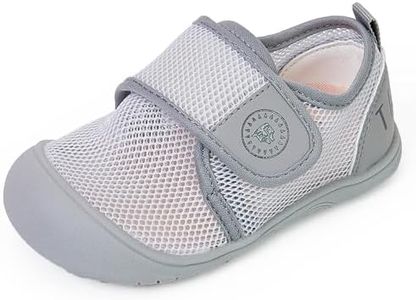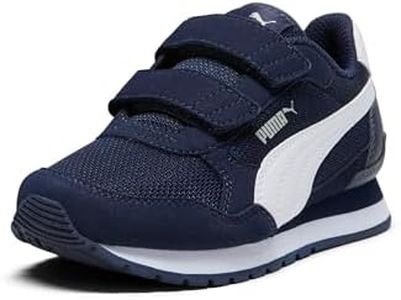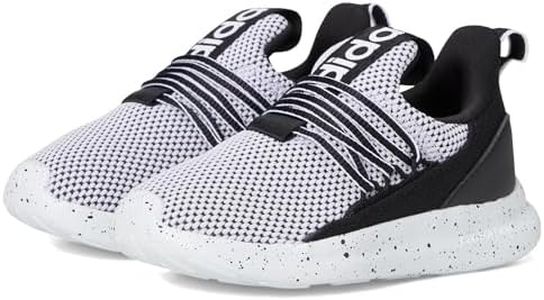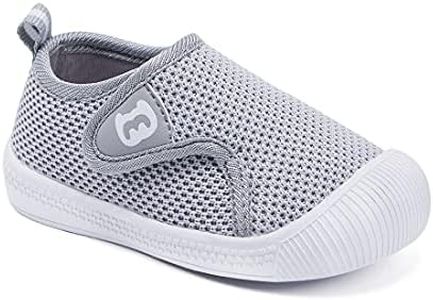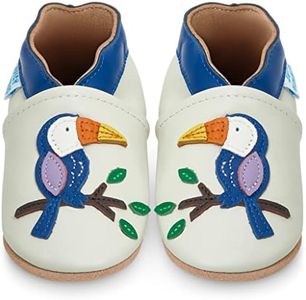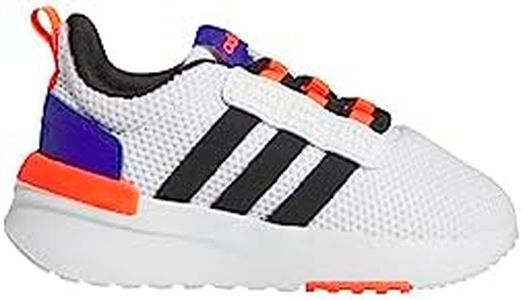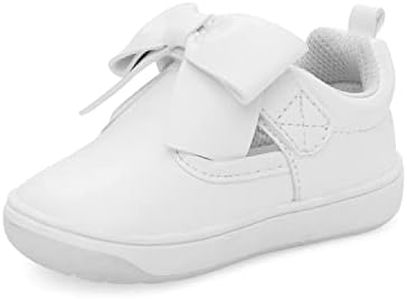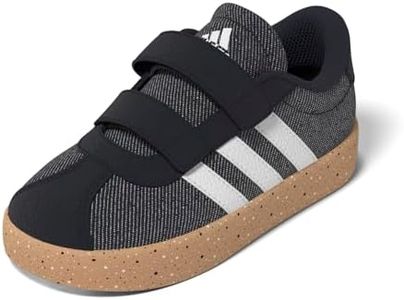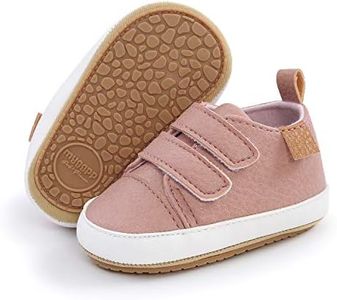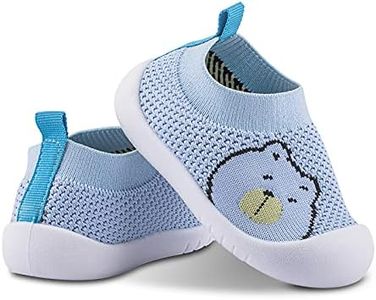We Use CookiesWe use cookies to enhance the security, performance,
functionality and for analytical and promotional activities. By continuing to browse this site you
are agreeing to our privacy policy
10 Best Infant Walking Shoes
From leading brands and best sellers available on the web.Buying Guide for the Best Infant Walking Shoes
Choosing the right infant walking shoes is important because your baby’s first steps are a big milestone. When shopping for these shoes, your goal is to support natural foot development while providing enough protection for little feet. Rather than focusing on appearance, concentrate on comfort and function. Always try the shoes on your baby if possible, or make sure there’s an easy return policy if shopping online.FitFit refers to how well the shoe matches the size and shape of your child’s foot. It’s important because shoes that are too tight can restrict growth and cause discomfort, while shoes that are too loose can lead to tripping. Check for about a thumb’s width of space between the toes and the end of the shoe, and ensure the shoe isn’t too tight around the sides. Regularly check your child’s shoe size, as infant feet grow quickly. If your child’s feet seem to be wider or narrower than average, seek shoes labeled for wide or narrow fits as appropriate.
Sole FlexibilitySole flexibility means how easily the bottom of the shoe bends. This matters because babies need to be able to feel the ground and develop balance as they learn to walk. Shoes with very stiff soles can make it harder for infants to walk naturally, while very soft and flexible soles allow for better movement and foot muscle development. When testing, try bending the shoe in your hands; it should easily flex at the ball of the foot. For early walkers, look for shoes described as having 'soft,' 'flexible,' or 'barefoot-style' soles.
MaterialMaterial refers to what the shoe is made of, which affects breathability, comfort, and durability. Natural materials like leather or soft fabric allow little feet to breathe and move comfortably, while synthetic materials might not provide as much airflow. Choose shoes made from soft, lightweight materials that won’t be rough on sensitive skin. For wetter climates, look for water-resistant options. Remember, shoes should feel gentle and comfortable from the first wear—no break-in period is necessary for infant shoes.
Closure TypeClosure type means how the shoe fastens onto your child's foot, which affects both fit and ease of use. Common options include Velcro straps, elastic bands, snaps, or laces. For infants, closures should keep the shoe securely on the foot without being difficult to put on or take off. Velcro is a popular choice because it’s quick and adjustable. Consider how wiggly your child tends to be; fast and easy closures make for a less stressful dressing experience.
Grip/Outsole PatternThe grip or outsole pattern is about how the bottom of the shoe helps prevent slipping. This is crucial, as infants are still learning balance and coordination. Look for shoes with soft, textured soles that provide some traction but are not overly sticky. Too much grip can hinder movement, while too little can cause slipping. For indoor use, some parents prefer extra-grippy soles, while outdoors may require a bit more durability.
WeightWeight refers to how heavy the shoe feels. Infant shoes should be as lightweight as possible so they don’t make walking harder. Heavy shoes can tire little legs and may discourage your baby from exploring. Pick up the shoe and compare it to others; the lighter it is, the better it will be for a new walker’s comfort and confidence.
